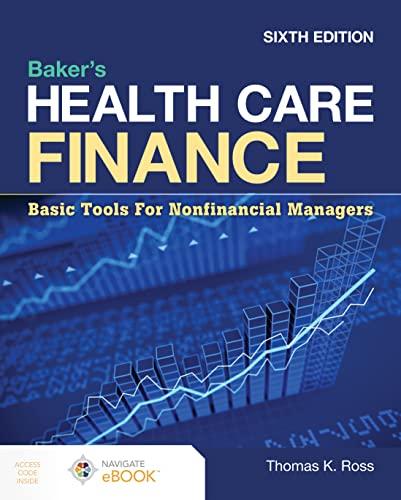Canon $120 200 GDP Dili $100 200 300 400 500 600 700 290 360 440 520 c. Now suppose a proportional tax with a 10 percent tax rate is imposed instead of the regressive tax. Calculate and graph the new consumption schedule, and calculate the MPC and the multiplier. d. Finally, impose a progressive tax such that the tax rate is 0 percent when GDP is $100, 5 percent at $200, 10 percent at $300, 15 percent at $400, and so forth. Determine and graph the new consumption schedule, noting the effect of this tax system on the MPC and the multiplier. e. Use a graph similar to Figure 13.3 to show why proportional and progressive taxes contribute to greater economic stability, while a regressive tax does not FIGURE 13.3 Built-in stability. Tax revenues, T, vary directly with GDP, while government spending, G, is assumed to be independent of GDP. As GDP falls in a recession, deficits occur automatically and help alleviate the recession. As GDP rises during expansion, surpluses occur automatically and help offset possible inflation. T Government expenditures, G, and tax revenues, T Surplus G Deficit 0 GDP GDP2 GDP Real domestic output, GDP Canon $120 200 GDP Dili $100 200 300 400 500 600 700 290 360 440 520 c. Now suppose a proportional tax with a 10 percent tax rate is imposed instead of the regressive tax. Calculate and graph the new consumption schedule, and calculate the MPC and the multiplier. d. Finally, impose a progressive tax such that the tax rate is 0 percent when GDP is $100, 5 percent at $200, 10 percent at $300, 15 percent at $400, and so forth. Determine and graph the new consumption schedule, noting the effect of this tax system on the MPC and the multiplier. e. Use a graph similar to Figure 13.3 to show why proportional and progressive taxes contribute to greater economic stability, while a regressive tax does not FIGURE 13.3 Built-in stability. Tax revenues, T, vary directly with GDP, while government spending, G, is assumed to be independent of GDP. As GDP falls in a recession, deficits occur automatically and help alleviate the recession. As GDP rises during expansion, surpluses occur automatically and help offset possible inflation. T Government expenditures, G, and tax revenues, T Surplus G Deficit 0 GDP GDP2 GDP Real domestic output, GDP








